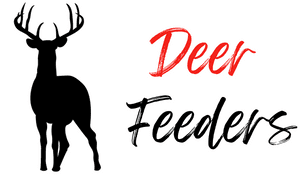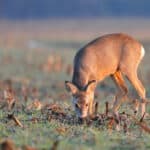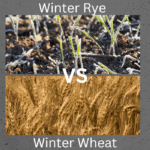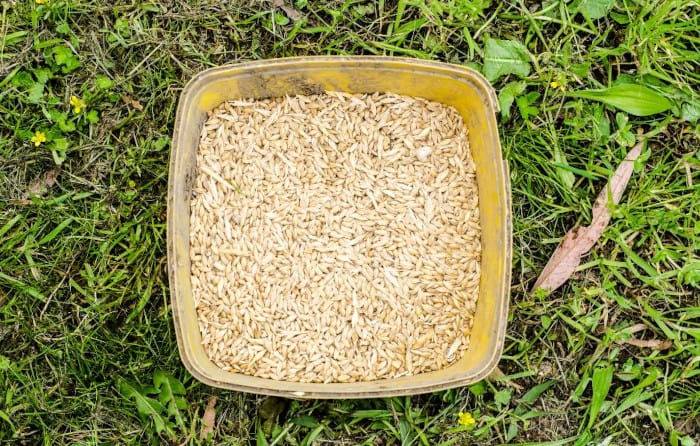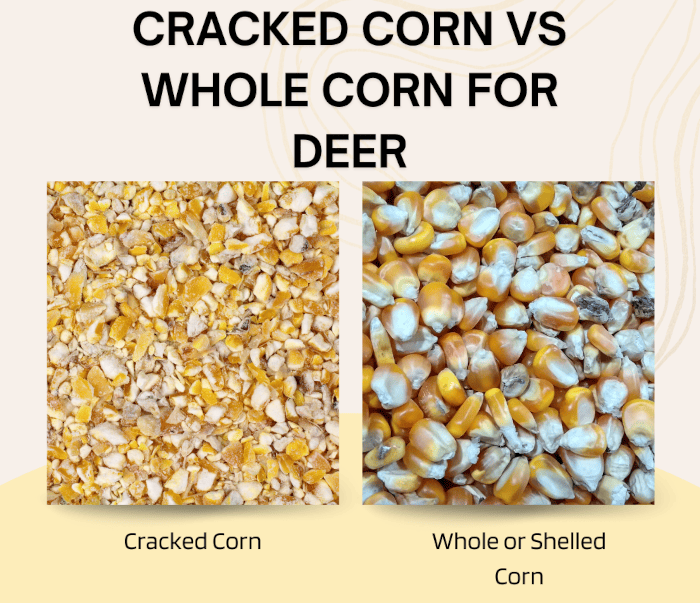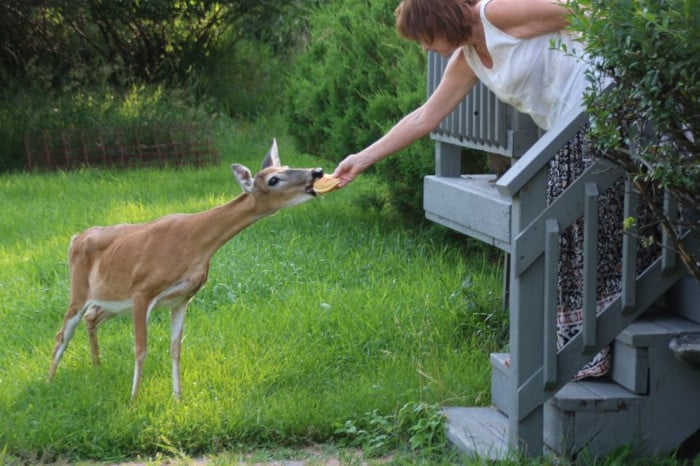Deer are classified as herbivores and have a diverse diet that includes leaves, twigs, fruits, and nuts. However, there has been some debate about whether deer eat orange peels or not. Some people believe that deer will eat anything they come across, while others argue that deer have a more selective palate. So, let’s look at answering the following question: do deer eat orange peels?
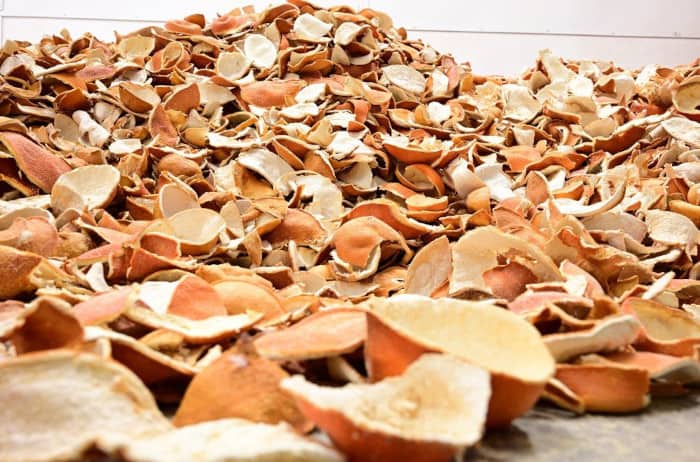
To answer that question, it is essential to understand why animal species may choose certain food items over others. Animals are driven by their need for energy and nutrients, so if an animal finds something that meets these needs, it will likely consume that item. In addition, many animals also display preferences for specific tastes and textures, which can further direct their choice of food items.
Finally, access to a specific food resource also plays a vital role in what type of food an animal can find and consume. Depending on the location of the animal and its ability to move around safely, different types of food might be available, which could influence its diet significantly.
What Are Oranges?
Since we are discussing orange peels, it’s probably worthwhile to understand and define oranges first.
Oranges are a type of citrus fruit widely available in the United States. The citrus family includes oranges, lemons, and grapefruits, all of which may end up on the menu for a whitetail deer (although they don’t seem all that fond of grapefruit).
Deer will eat oranges if they can find them; however, this isn’t always easy since it’s not a preferred food source for most deer. In fact, studies have found that while some deer may occasionally eat oranges, their preference is usually other fruits such as apples or berries.
Therefore, feeding deer oranges should only be done when other options are unavailable. Additionally, because orange peels may contain pesticides used on commercial farms, caution should be taken before providing any to wild animals.
With that said, when consumed in moderation by an adult deer population with access to adequate nutrition sources, eating oranges can help boost overall health and well-being.
Where Are Oranges Grown In The United States?
Deer biologists have stated that a critical aspect of feeding deer in your backyard is to focus on sticking to food sources that occur naturally in a deer’s habitat.
While oranges are available all over the United States commercially, they are only grown in a few specific regions of the united states, including:
- California produces approximately 80% of U.S.-grown fresh market oranges.
- Florida follows with 15%
- Texas produces 4%.
- Other states, such as Arizona, Louisiana, Georgia, and South Carolina, contribute the remaining 1%.
So, if you live in an area that doesn’t grow oranges commercially, then oranges are not a fruit that deer are accustomed to eating or part of their regular diet. For example, since California is the leader in orange production, it is safe to assume that deer in California consider oranges a part of their normal diet. However, the state of Michigan doesn’t grow any oranges, so they would not be regarded as a natural food source for Michigan whitetails.
If you live in a state without any orange growing, offering local deer orange peelings is introducing a new item to their diet.

Typical Deer Diet
Now that we know where oranges are grown in the United States let’s focus on what deer typically eat.
Historically, whitetail deer were considered herbivores, which meant they only fed on plants. However, recent evidence has indicated that they will deviate from a herbivore diet when food is scarce and feed on bird eggs, small rodents, birds, and animal carcasses.
White-tailed deer consume a wide variety of foods, the specifics of which change according to the time of year and the accessibility of various food sources. They typically consume legumes, shoots, leaves, grasses, acorns, fruit, and commercial food crops like corn as part of their diet.
In addition to that, they might consume things like hay, grass, white clover, and other edibles that they discover in a farmyard. When available, deer will also feed on fruits and vegetables that people grow in a garden. For example, deer are known to consume:
Moving forward into our next section, we’ll discuss whether orange peels can serve as food for deer.
Orange Peels As Food For Deer
Deer are known to enjoy the taste of oranges, and they often eat them when given the opportunity. In addition, the natural sugars found in oranges provide an energy source for deer, which is why it’s thought they find them so appealing.
Oranges contain essential nutrients deer require, including vitamins A and C, minerals such as calcium and phosphorus, and carbohydrates, which provide energy reserves. Not only do deer often eat the fruit itself, but they will also eat the peel. The small amounts of protein in orange peels make them an attractive snack for these animals even though they do not form part of their regular diet.
It’s important to remember that while a single orange peel provides essential nutrients and energy sources for deer, too much of one thing can throw off their diet over time and lead to nutritional deficiencies. Therefore, it might be best to leave out only small amounts at a time so as not to upset their digestive system.
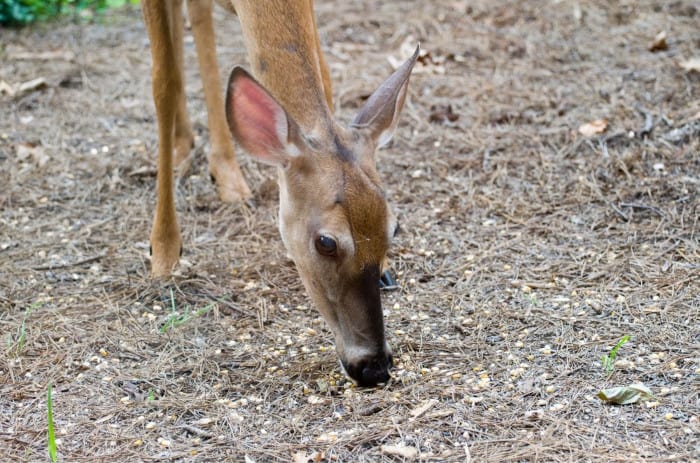
Are Orange Peels Unhealthy For Deer?
Deer biologists have indicated that a small or moderate amount of orange peelings are acceptable for deer to consume. However, there are some things to take into consideration before leaving your orange peels out for the local deer population:
- It’s important to note that wild animals are not used to eating processed fruits like oranges or other citrus fruit. Therefore, if you’re thinking about feeding oranges to deer, be sure to use organic ones, as they have fewer chemicals added to them than their non-organic counterparts.
- Due to the acidity present in orange peels, some risks may be associated with eating them for extended periods or in large quantities. While consuming occasional oranges can benefit certain species of deer, like mule or white-tailed deer, regularly leaving out large amounts of peeled oranges could prove detrimental over the long term.
The key takeaway is that orange peels appear to be OK for deer to consume in moderation.
FAQS
Here are some commonly asked questions that I’ve come across associated with deer eating orange peelings:
Will deer eat fallen oranges?
It is generally accepted that deer will eat oranges if they can access them. However, given a choice between eating the fruity portion of an orange or the orange peel, deer seem to prefer the fruit section over the peel. However, they will also eat the peel, especially when natural food sources become scarce.
Can I feed deer orange peelings?
Most deer biologists and scientists who study deer agree that, in moderation, deer can eat orange peelings. Studies suggest that deer generally prefer to consume whole orange fruits rather than just their peels alone; however, they can still benefit from consuming peels as an additional source of nutrition.
However, it’s also worth noting: If you reside in an area where oranges are not grown, you’re introducing the deer to a food item that is not found in their natural habitat. Plus, there may be concerns about chemicals or pesticides that may be on the peeling if it hasn’t been properly washed.
It may be wise to limit the amount consumed due to concerns about possible digestive upset or even toxic effects caused by certain compounds found within the fruit’s rind.
Will orange peelings make deer sick?
I could not find concrete evidence stating that orange peelings make deer sick. However, I did come across several warnings about potential unknown side effects of whitetail deer consuming a large number of orange peelings.
Those concerns include the following:
- Concerns about the amount of citric acid in the peels that could pose a digestive issue.
- Concerns about the peelings having lingering pesticides that may not have been washed off when the orange was initially peeled.
- Potential issues in introducing a new food source for deer that is not in their everyday diet
- Concerns about deer becoming dependent on humans for food.
Conclusion
Wildlife biologists have long studied the diet of deer and its effects on their health. The general opinion within the deer biology field is that although deer may eat orange peels occasionally, they are not a natural part of their dietary habits, except for states that produce oranges as a commercial food crop. Therefore, while you can feed deer orange peelings, there are better, more natural food sources for deer, offering better nutrition value with less risk.
